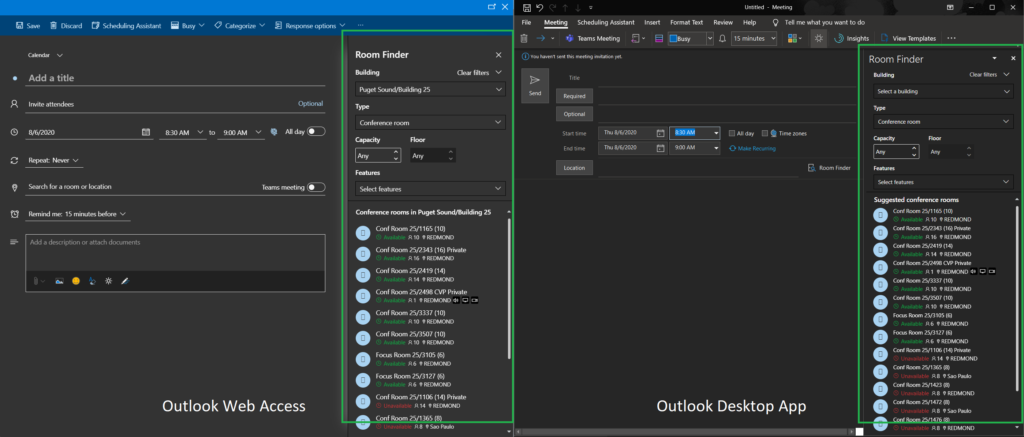Microsoft Outlook is likely one of the first to make use of WebView2 to expand and standardize features. It means Microsoft developers can write a single piece of code that works in both desktop programs and the browser based equivalent. Please note that Service Workers are not supported on Microsoft Edge WebView for Office add-ins. Please see here for the latest supported features on the Edge WebView control. We are working hard to bring the new Chromium based Edge WebView2 to the Office add-ins platform, which we expect will support Service Workers. WebView2 enables Win32 C/C,.NET (WPF/WinForms), and WinUI 3.0 developers to host web content in native applications while using the Microsoft Edge (Chromium) rendering engine. In this session, you'll learn about WebView2, its roadmap, and deployment mechanism.
Hi, Thank you for writing to Microsoft Community Forums. We understand the inconvenience caused as you don’t want Microsoft Edge WebView2 Runtime to be installed on your PC, there could be multiple reason for such auto installation.
-->The Microsoft Edge WebView2 control enables you to embed web technologies (HTML, CSS, and JavaScript) in your native apps. The WebView2 control uses Microsoft Edge (Chromium) as the rendering engine to display the web content in native apps. With WebView2, you may embed web code in different parts of your native app. Build all of the native app within a single WebView instance. For information on how to start building a WebView2 app, navigate to Get Started.
Hybrid app approach
Developers must often decide between building a web app or a native app. The decision hinges on the trade-off between reach and power. Web apps allow for a broad reach. As a Web developer, you may reuse most of your code across different platforms. To access the all capabilities of a native platform, use a native app.
Hybrid apps allow developers to enjoy the best of both worlds. Hybrid app developers benefit from the following advantages.
- The ubiquity and strength of the web platform.
- The power and full capabilities of the native platform.

WebView2 benefits
Web ecosystem & skillset
Utilize the entire web platform, libraries, tooling, and talent that exists within the web ecosystem.
Rapid innovation
Web development allows for faster deployment and iteration.
Windows 7, 8, and 10 support
Support for a consistent user experience across Windows 7, Windows 8, and Windows 10.
Native capabilities
Access the full set of Native APIs.
Code-sharing
Add web code to your codebase allows for increased reuse across multiple platforms.
Microsoft support
Microsoft provides support and adds new feature requests when WebView2 releases at Generally Availability (GA).


Evergreen distribution
Rely on an up-to-date version of Chromium with regular platform updates and security patches.
Fixed
(coming soon) Choose to package the Chromium bits in your app.
Incremental adoption
Add web components piece by piece to your app.
Getting started
To build and test your app using the WebView2 control, you need to have the WebView2 SDK installed. Select one of the following options to get started.
The WebView2 Samples repository contains samples that demonstrate all of the WebView2 SDK features and API usage patterns. As more features are added to the WebView2 SDK, the sample apps will be updated.
Microsoft Webview2 Sample
Supported platforms
A General Availability (GA) or Preview version is available on the following programming environments.
- Win32 C/C++ (GA)
- .NET Framework 4.6.2 or later
- .NET Core 3.1 or later
- .NET 5
- WinUI 3.0 (Preview)
You may run WebView2 apps on the following versions of Windows.
- Windows 10
- Windows 8.1
- Windows 7 **
- Windows Server 2019
- Windows Server 2016
- Windows Server 2012
- Windows Server 2012 R2
- Windows Server 2008 R2 **
Important
** WebView2 support for Windows 7 and Windows Server 2008 R2 has the same support cycle as Microsoft Edge. For more information, navigate to Microsoft Edge supported Operating Systems.
What Is Microsoft Edge Webview2
Next steps
For more information on how to build and deploy WebView2 apps, review the conceptual documentation and how-to guides.
Microsoft Edge Webview 2
Concepts
How-To guides
Getting in touch with the Microsoft Edge WebView team
Microsoft Webview2 Component
Share your feedback to help build richer WebView2 experiences. To submit feature requests or bugs, or search for known issues, navigate to the Microsoft Edge WebView feedback repo.




